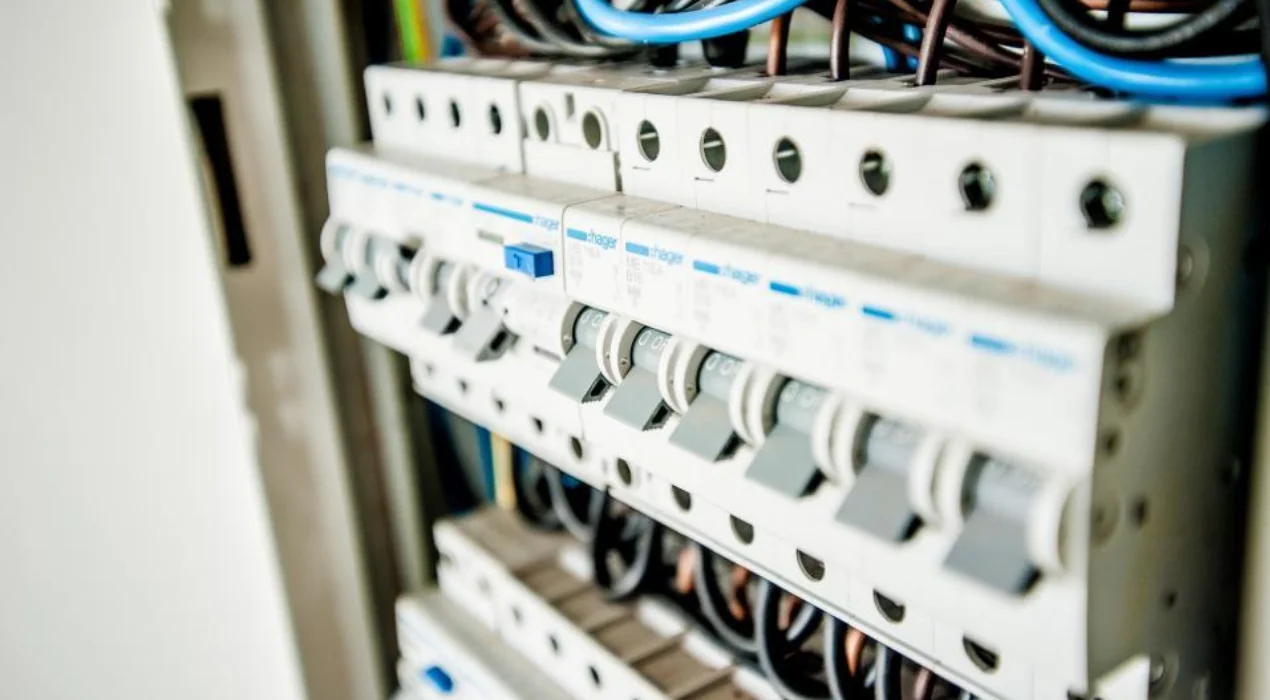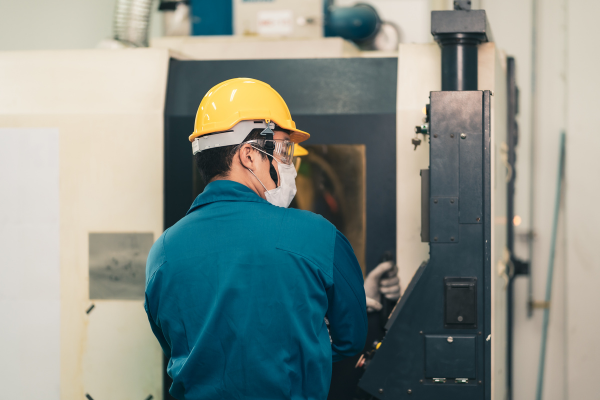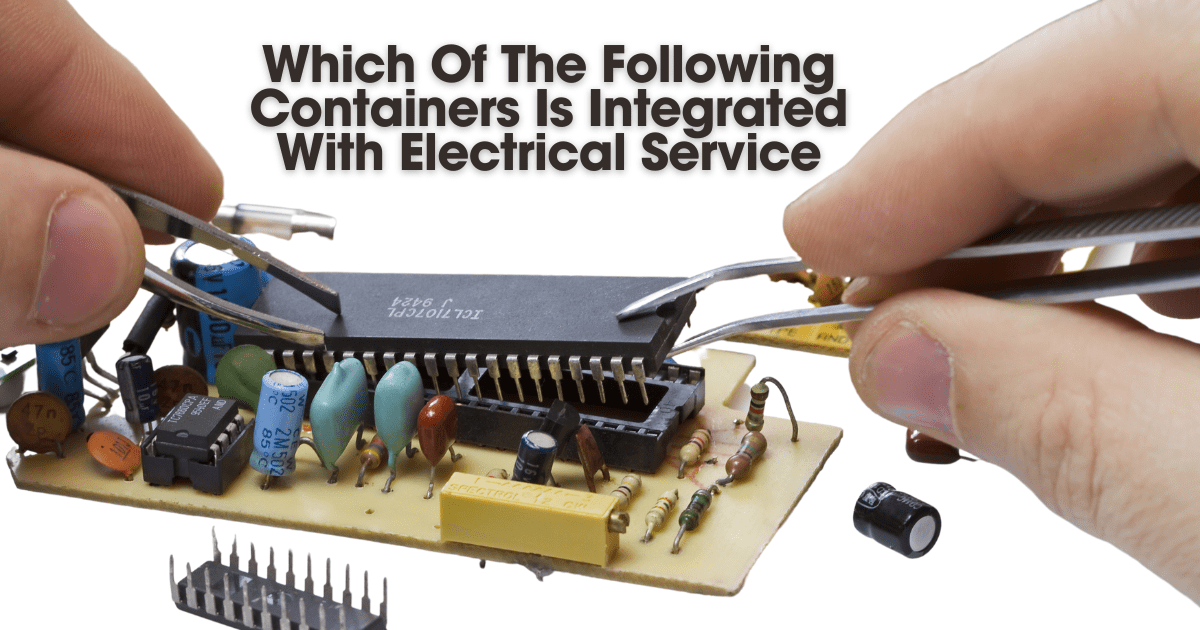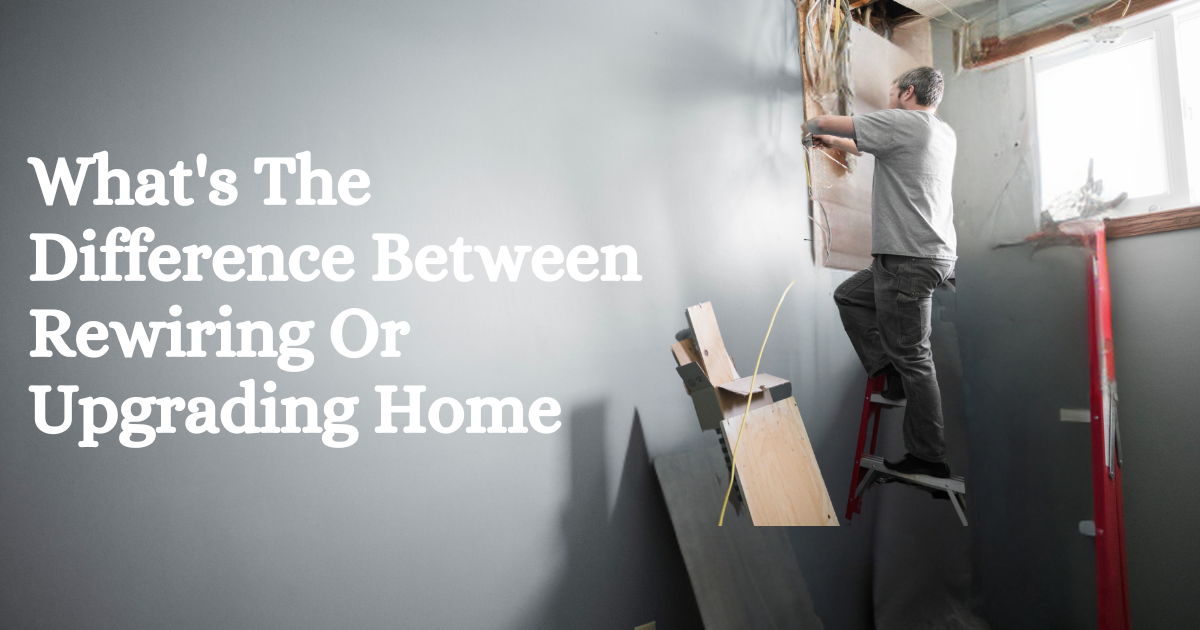Too Many Requests from Your Network
Please complete verification to access this content.
Installing a wired home alarm system is a great way to protect your property, valuables, and loved ones from intruders. While the installation process can be more involved than wireless systems, wired alarm systems offer a reliable and secure method of home protection. In this guide, we’ll walk you through the steps involved in installing a wired home alarm system in the UK, ensuring you can set it up effectively and safely.
Visit buraqelectric.co.uk for all you electrical services needs
Why Choose a Wired Alarm System?
Before diving into the installation process, let’s briefly cover why you might choose a wired alarm system. Wired systems tend to be more reliable than wireless systems since they are less prone to interference or hacking. They also typically have fewer maintenance issues and a longer lifespan since they don’t rely on batteries or radio signals.
Tools and Materials You’ll Need:
- Wired home alarm system kit (includes control panel, sensors, keypads, etc.)
- Drill and drill bits (for installing sensors and control panel)
- Screws and anchors
- Cable clips
- Screwdrivers
- Ladder (for high installations)
- Measuring tape
- Wire cutters and strippers
- Electrical tape
- Power drill
Step-by-Step Guide to Installing a Wired Home Alarm System:
1. Plan the Installation
The first step in installing a wired alarm system is to plan the layout of your system. This includes determining where to place the control panel, sensors, sirens, and other components.
- Control Panel: The control panel should be installed in a central location, usually near the entrance of your home. It should be easily accessible but also hidden from plain sight to avoid tampering.
- Sensors: Install window and door sensors on all entry points. You may also want to add motion detectors in hallways or large rooms.
- Wiring: Plan where the wires will run and ensure you have enough cable to reach each sensor. You’ll need to conceal the wires as much as possible to prevent tampering.
2. Install the Control Panel
- Choose the Location: Select a spot for the control panel that is easily accessible but discreet, ideally near the front door, but out of sight from windows.
- Mount the Control Panel: Using the screws and anchors provided in the kit, mount the control panel securely on the wall. Ensure that it’s level, so it’s easy to read and operate.
- Connect the Power Supply: Plug the control panel into an electrical socket and ensure it’s receiving power. Many systems come with a backup battery to keep the alarm functioning during power outages.
3. Install Door and Window Sensors
- Position the Sensors: Mark the spots on your doors and windows where you will place the sensors. Typically, the sensor will go on the frame, and the magnet will go on the door or window.
- Drill Holes for Mounting: Using your drill, create small holes where you’ll install the sensors. Be careful to avoid damaging any electrical wires hidden behind the wall.
- Wire the Sensors: Thread the wire through the wall, using cable clips to secure it along the edges of the walls. Connect each sensor to the control panel.
- Test the Sensors: After wiring, test the sensors to make sure they activate when the door or window is opened. Most systems will have a test mode for this.
4. Install Motion Detectors
- Position the Motion Detectors: Install motion detectors in hallways, near stairways, or in large open spaces where you want to monitor movement. Avoid placing them in areas where pets or curtains may trigger false alarms.
- Drill and Secure the Detectors: As with the door sensors, use screws and anchors to mount the motion detectors to the wall. Ensure that the detectors are placed at an appropriate height, usually around 6-8 feet from the ground.
- Connect to the Control Panel: Wire the motion detectors to the control panel, ensuring that the connections are secure.
5. Install the Siren
- Position the Siren: Install the alarm siren in a high location, such as near the ceiling, to ensure it can be heard throughout your home. The siren should be installed in a secure location to avoid tampering.
- Connect the Siren to the Control Panel: Run the wires from the siren to the control panel, and test to ensure it sounds when the system is triggered.
6. Conceal the Wiring
Once the major components are installed, the next step is to conceal the wiring. This is important both for aesthetic purposes and to protect the wires from tampering.
- Use cable clips to keep the wires neat and tidy along baseboards or under carpets. If possible, drill small holes and run the wires through the walls.
- Use wire molding or conduits for visible wires, especially in areas like the hallway or along exterior walls.
7. Test the System
Once everything is installed, it’s time to test the system. Ensure each component is connected properly and works as expected. This includes:
- Triggering the door/window sensors.
- Testing the motion detectors.
- Testing the siren.
- Verifying the control panel functions properly.
Step 8: Set Up the System and Arm It
- Set Up Codes: Configure the control panel with a security code that only you and authorized individuals know. This is used to arm and disarm the system.
- Test Arming and Disarming: Make sure the alarm system activates when armed and deactivates when you enter the correct code.
Step 9: Maintenance and Regular Checks
After installation, you’ll need to perform regular maintenance to ensure your alarm system works efficiently:
- Check the Sensors: Periodically test the door, window, and motion sensors to ensure they’re working correctly.
- Inspect the Wiring: Check the wiring for any damage or wear that could cause malfunctions.
- Test the Backup Battery: Make sure the backup battery in your control panel is functioning and is replaced when necessary.
Conclusion
Installing a wired home alarm system in the UK can be a rewarding and effective way to enhance the security of your home. By following this step-by-step guide, you can ensure that your system is installed correctly, providing you with peace of mind knowing your property is protected. If you’re unsure about any part of the installation or want to ensure it’s done professionally, consider consulting with an experienced alarm installation service.
For expert installation and advice on home alarm systems, visit BuraqElectric.co.uk. Our team of professionals can help install and maintain your wired alarm system, ensuring your home stays safe and secure.



